Montana Hunting Guide
Montana is well-known for its big game hunting opportunities, which include elk, bison, mule deer, and bear. These can be found in abundance across Montana, but hunters can also enjoy several smaller species of game. The state offers large amounts of undeveloped space for hunters to enjoy.
What to Hunt
Montana is an ideal location for big game hunting. The unique mountainous habitat supports dense populations of many big game species.
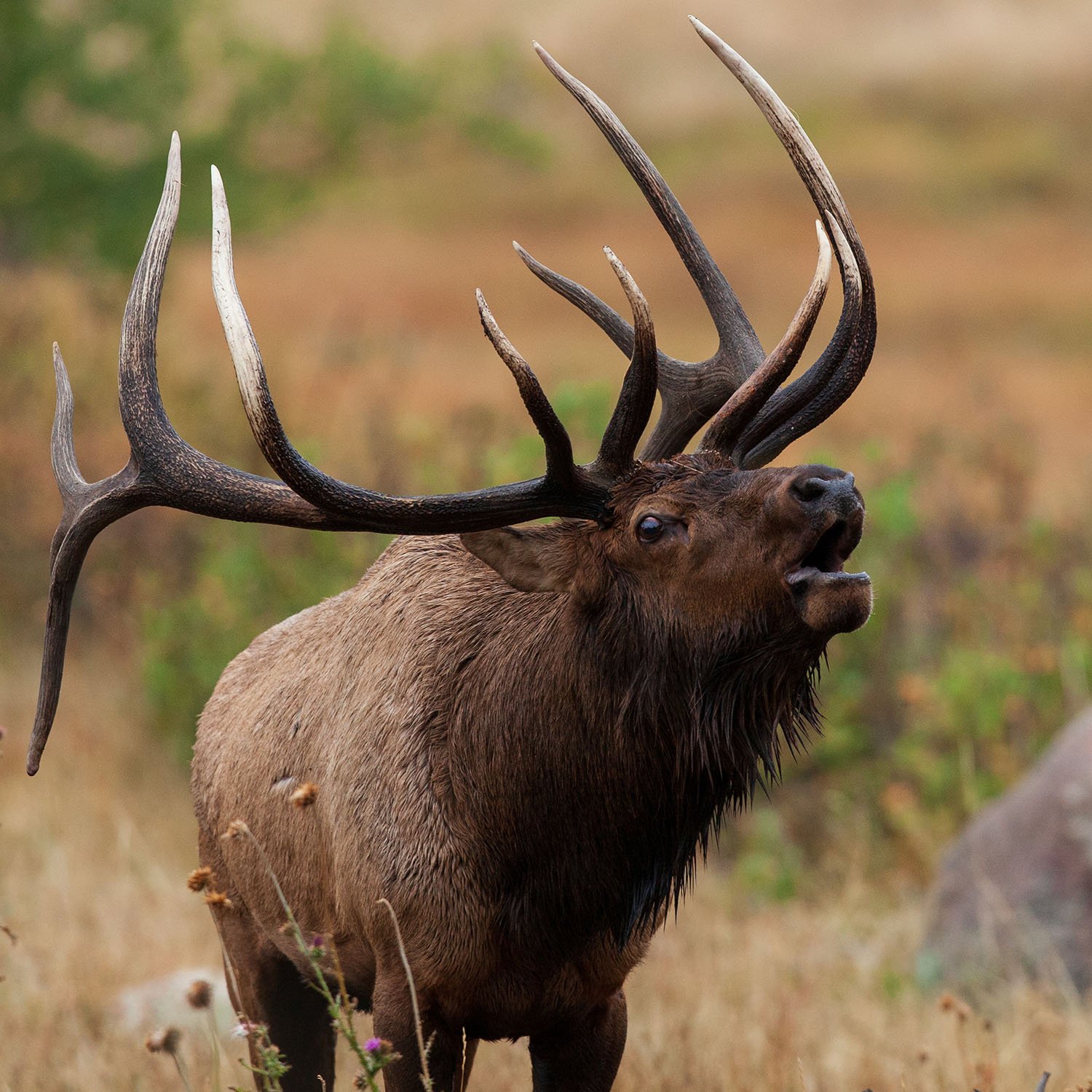
Elk
Elk can be found throughout several million acres of huntable land in Montana. There are 148 total hunting districts that support elk. Roughly half of Montana’s annual elk harvest comes from southwestern Montana, though elk can be found in abundance throughout the state. Elk seasons are divided into an archery season and a general season, and they generally run from September through November. There are also backcountry seasons offered.
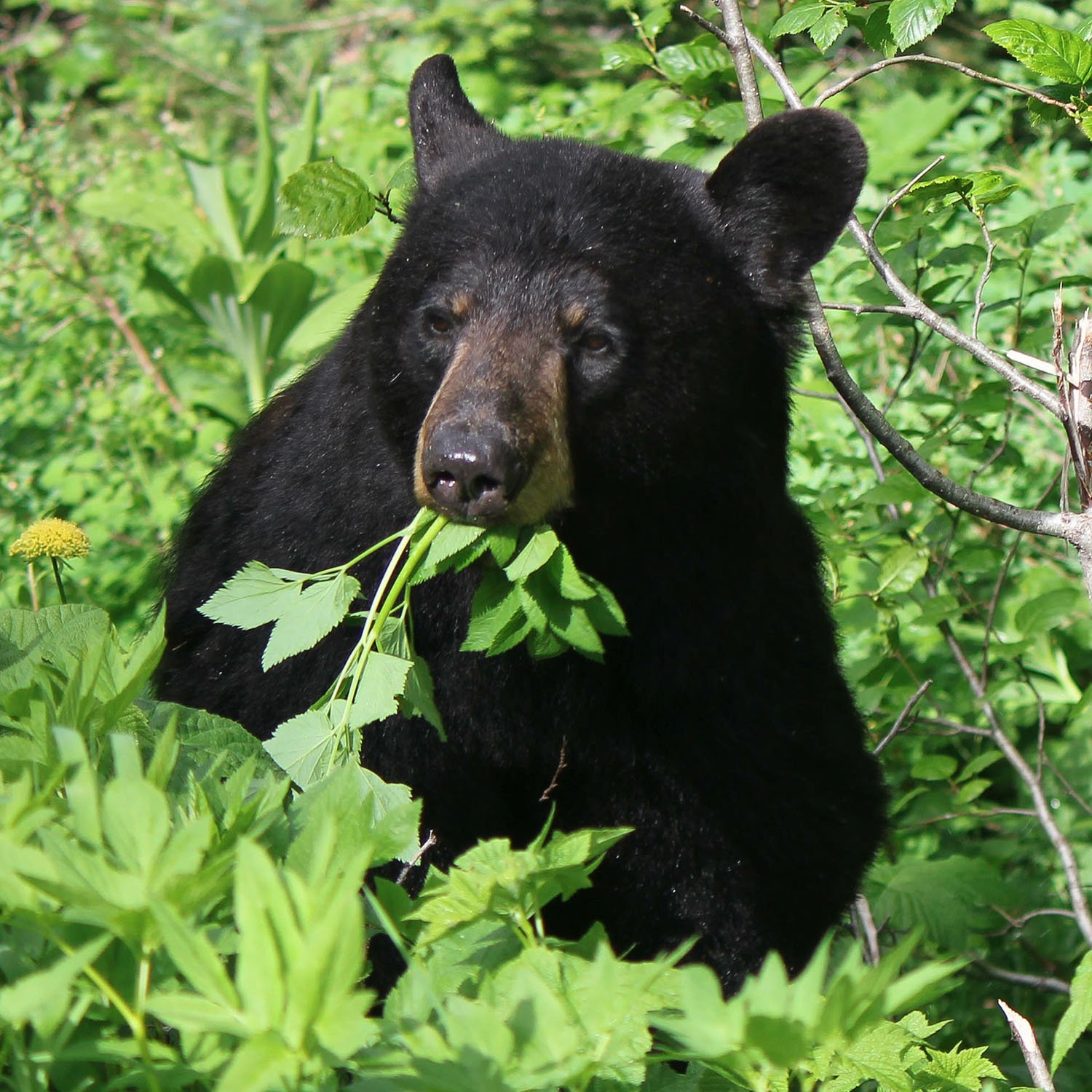
Bear
With annual harvests in the thousands, Montana offers significant black bear hunting to residents and nonresidents alike. Hunt methods and zones are tightly controlled. It is not permitted to use artificial light, bait, traps, snares, or set guns. Dogs are not permitted to chase game. Montana generally offers a spring and fall season for black bears. Hunters must learn the difference between a grizzly bear and a black bear, as it is not legal to hunt grizzly bears in Montana.
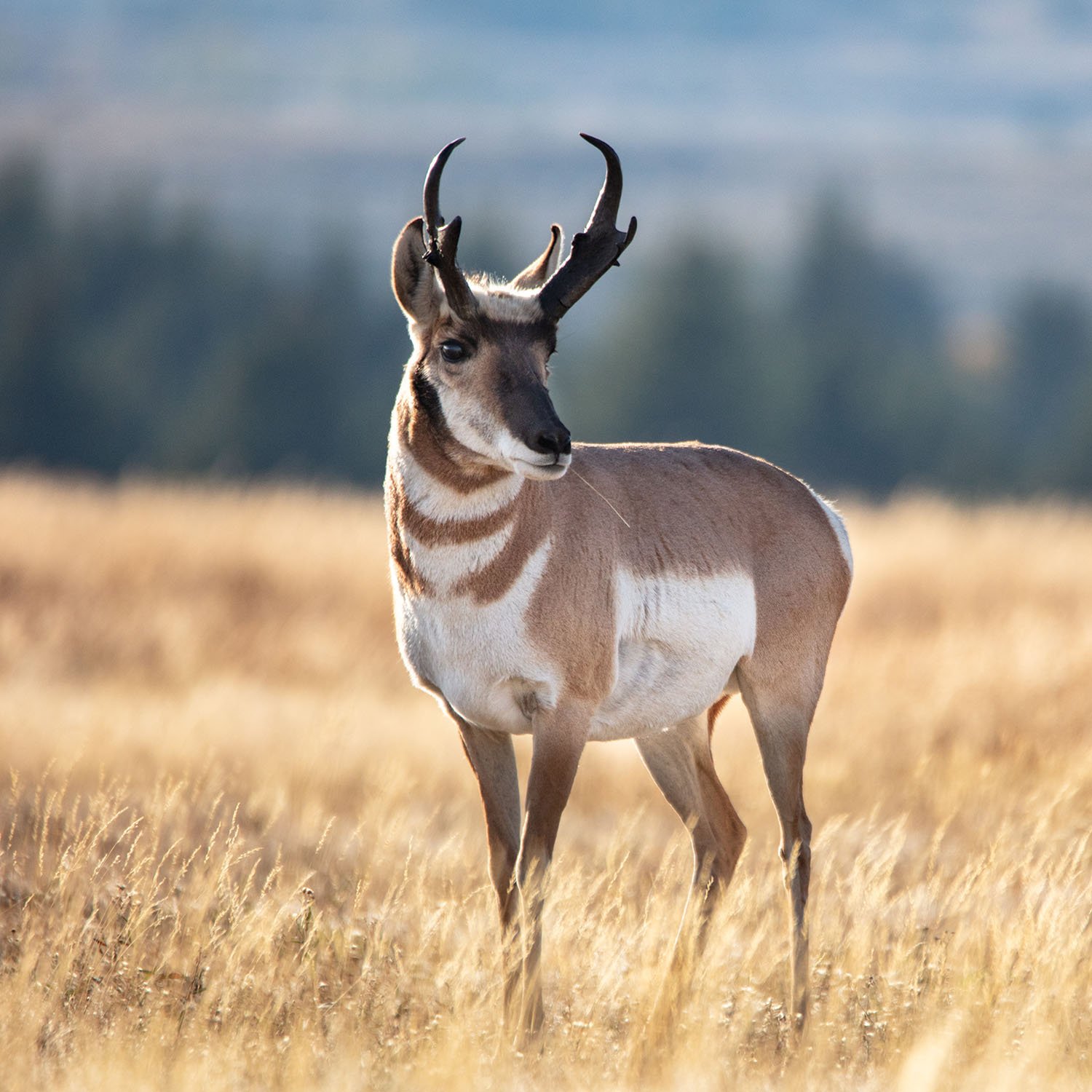
Pronghorn
Montana offers ideal habitat conditions for pronghorn throughout the entire state. With very high population densities and only moderate hunt pressure, Montana antelope hunters generally report very high success rates. Pronghorn season general runs from August through November, with a special season for archery. Hunters must apply for a pronghorn license through a special drawing, and the application deadline is typically in early June.
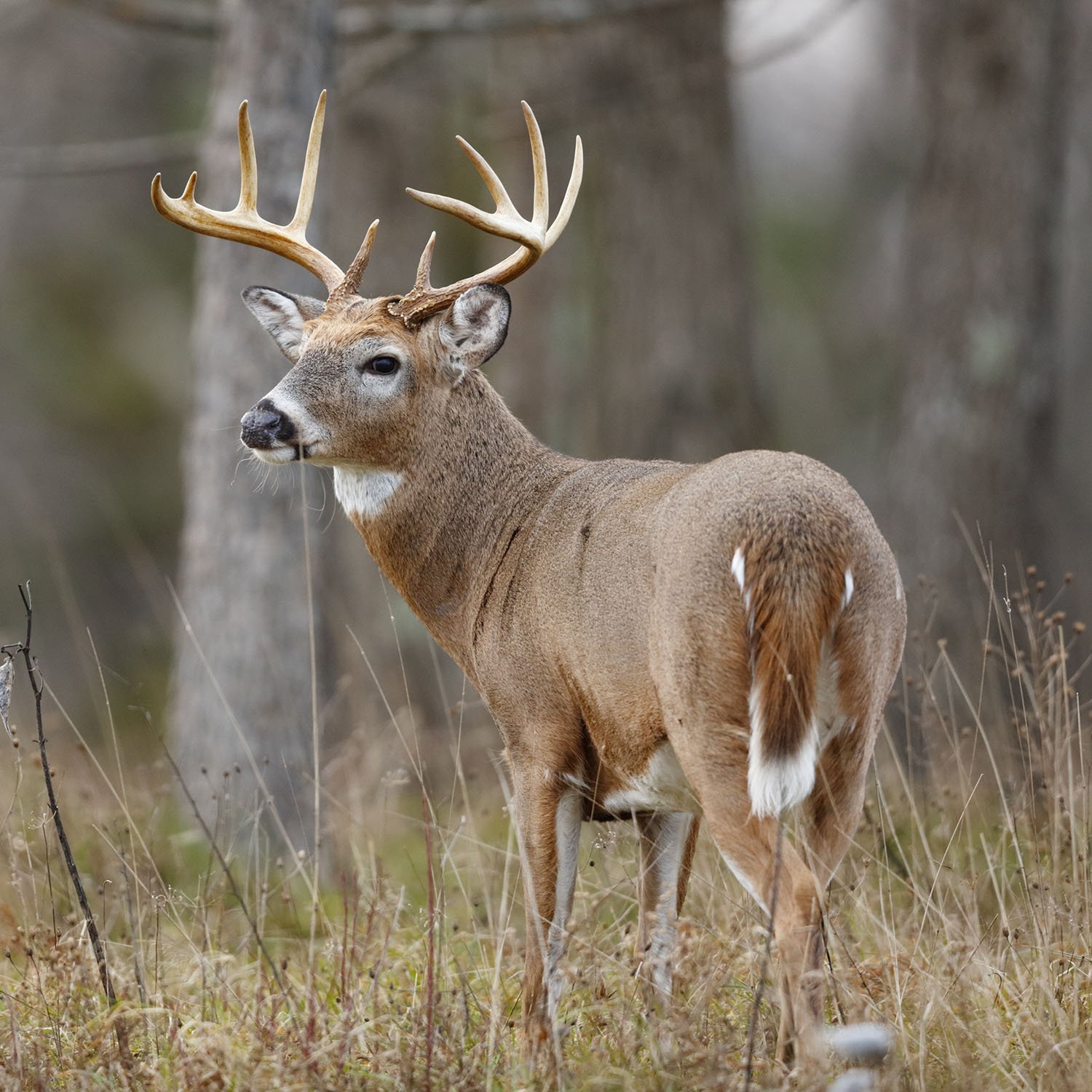
Deer
Montana is home to both mule and white tail subspecies of deer. The state presents very strong success rates for hunters and a high availability of trophy bucks. There is also strong public land availability, ensuring ease-of-access for whitetail and mule deer hunters. Deer seasons in Montana are broken into archery and general seasons, with youth hunt days assigned as well. General deer licenses are available over the counter, while some specialty licenses are available by drawing only.
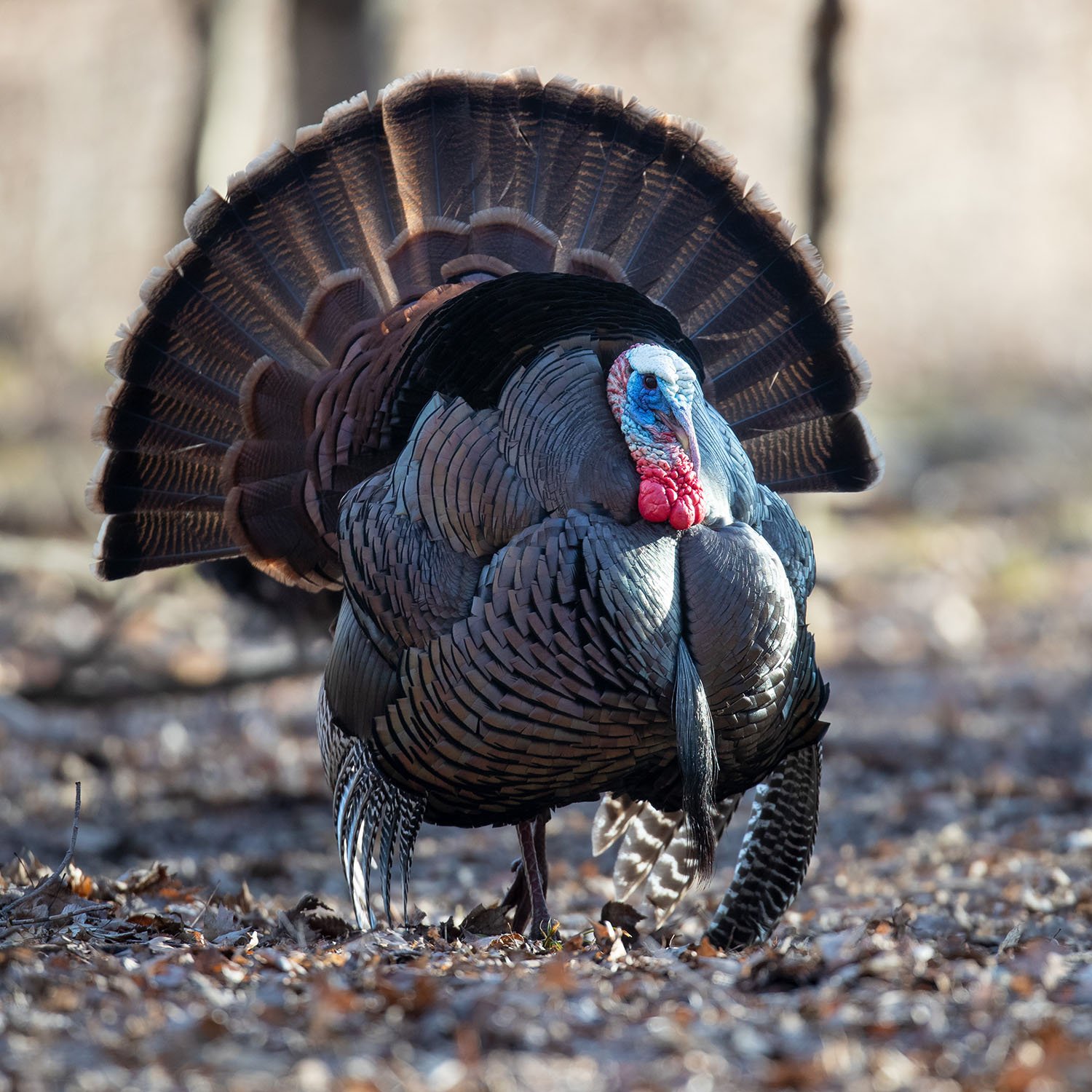
Turkey
Significant turkey populations can be found on both public and private land throughout Montana. The southeast region of the state in particular presents strong success rates. Central Montana and western Montana also feature high turkey densities for hunters to enjoy. Montana offers both spring and fall turkey seasons. Fall licenses are available over the counter, while spring licenses are granted through a drawing, with a usual mid-March deadline. It is not legal to use rifles in the spring season, and most hunters use shotguns.
Other Montana game species include: Beaver, Bobcat, Wilson's Snipe, Coyote, Frog, Crow, Dove, Fox, Geese, Brant, Ducks, Coots, Groundhog, Mink, Muskrat, Otter, Opossum, Badger, Squirrel, Rabbit, Raccoon, Striped Skunk, Teal, Rail, Woodcock, Bullfrog and Green Frog, etc. found in the "Hunting Seasons" section at bottom of the page.
Where to Hunt
Montana offers several types of land management programs that make public and private areas accessible for hunters.
Block Management
The Montana Block Management program is a collaboration between Montana Fish, Wildlife, and Parks; landowners; and land management agencies. Through Block Management, hunters are able to access private land.
School Trust Lands
Montana has 5.5 million acres of state school trust lands. These areas are managed by the Department of Natural Resources and Conservation. To hunt on School Trust Lands, a State Recreational Use License is required. School Trust Lands are illustrated on BLM and Forest Service maps.
State Wildlife Management Areas
Montana Wildlife Management Areas (WMAs) are operated by Montana Fish, Wildlife, and Parks. These areas provide free, public hunting land throughout the state. Residents and nonresidents may hunt on WMAs, with the appropriate licenses.
BLM Lands
The Bureau of Land Management (BLM) manages 8 million acres of forested and range land across Montana. Most of these lands are publicly accessible and open to hunting. Many BLM lands are immediately adjacent to private lands. Permission from the landowner is required to cross BLM-adjacent private land.
National Forest Lands
There are nearly 16 million acres of National Forests in Montana. Many of these areas are open to hunting. However, land use restrictions may apply in National Forests, so it’s important to consult your local Ranger District Office before hunting.
National Refuges and Waterfowl Production Areas
The U.S. Fish & Wildlife Service (USFWS) maintains 10 national wildlife refuges across Montana. These allow hunting during certain seasons. Many of these areas are enriched for waterfowl and upland bird habitats as well. Hunting on wildlife refuges is generally tightly restricted, so it is important to consult the appropriate office before planning a trip.
US Bureau of Reclamation Lands
The US Bureau of Reclamation maintains 200,000 acres of land throughout Montana. BOR lands that have legal public access are generally open to hunting.
Licensing Fees
Montana does not offer a general hunting license. However, a Conservation License is a prerequisite for all resident and nonresident hunting. A base hunting fee is also required annually. Further licenses are required for the various game species in Montana. Below are some of the state’s most popular game licenses.
| License | Resident | Nonresident |
|---|---|---|
| Base Hunting License Fee | $10.00 | $15.00 |
| Antelope | $19.00 | $205.00 |
| Bison | $125.00 | $750.00 |
| Bear | $19.00 | $350.00 |
| Deer (General) | $16.00 | $612.00 (includes upland game birds) |
| Elk (General) | $20.00 | $884.00 (includes upland game birds) |
| Turkey | $6.50 | $57.50 |
| Upland Game Bird | $7.50 | $110.00 |
Hunter Education
Hunter education is required in Montana for all hunters born after January 1, 1985. Montana hunter education courses are available for free online. Bowhunting and trapping courses are also available.
Youth Hunting
Montana offers an apprentice hunting program. This allows youths 10 and older to purchase licenses to hunt without completing a hunter education program. Apprentice hunters must be accompanied by an adult hunter 21 years of age or older.
Montana also offers youth pheasant, waterfowl, and deer hunting weekends. These are generally open to hunters under 15 years of age, with some restrictions based on season.
Trapping
Montana offers a one-day trapper education course. The following species are considered furbearers in Montana: marten, badger, beaver, bobcats, Canada lynx, coyote, fisher, mink, muskrats, raccoons, red foxes, river otters, striped skunk, swift and kit foxes, and wolves. Each of these animals are subject to their own individual, species-based restrictions.
Hunting Seasons
| Game | Season Begins | Season Ends |
|---|---|---|
| Antelope | Aug 15 2023 | Nov 12 2023 |
| Beaver* | Nov 1 2023 | Apr 15 2023 |
| Bighorn Sheep* | Sep 2 2023 | Nov 26 2023 |
| Bison | Nov 15 2023 | Feb 15 2024 |
| Black Bear | Apr 15 2023 | End Dates Vary |
| Sep 2 2023 | Nov 26 2023 | |
| Bobcat* | Dec 1 2023 | Feb 15 2024 |
| Common Snipe | Sep 1 2023 | Dec 16 2023 |
| Deer and Elk* | Sep 2 2023 | Nov 26 2023 |
| Duck & Coot* | Sep 23 2023 | Jan 12 2024 |
| Scaup | Sep 23 2023 | Dec 24 2023 |
| Fisher | Dec 1 2023 | Feb 15 2024 |
| Goose* | Sep 23 2023 | Jan 12 2024 |
| Grouse | Sep 1 2023 | Jan 1 2024 |
| Marten* | Dec 1 2023 | Feb 15 2024 |
| Moose* | Sep 15 2023 | Nov 26 2023 |
| Mountain Goat | Sep 15 2023 | Nov 26 2023 |
| Mountain Lion | Sep 2 2023 | Apr 14 2024 |
| Mourning Dove | Sep 1 2023 | Oct 30 2023 |
| Otter, Mink, Muskrat | Nov 1 2023 | Apr 15 2024 |
| Partridge* | Sep 1 2023 | Jan 1 2024 |
| Pheasant | Oct 7 2023 | Jan 1 2024 |
| Sandhill Crane | Sep 1 2023 | Nov 26 2023 |
| Swan | Oct 7 2023 | Dec 1 2023 |
| Swift Fox | Nov 1 2023 | Jan 15 2024 |
| Turkey | Apr 15 2023 | May 31 2023 |
| Sep 1 2023 | Jan 1 2024 | |
| Wolf* | Sep 2 2023 | Mar 15 2024 |
*Hunting dates for this species may vary by zone, method of take, or subspecies of animal. Visit the state’s website here to find out more.
Disclaimer: The information provided here is not to be construed as legal advice or acted upon as if it is legal advice: it is provided for informational purposes only. While we strive to provide accurate, up-to-date content, we cannot guarantee the accuracy, completeness, or currency of the information.